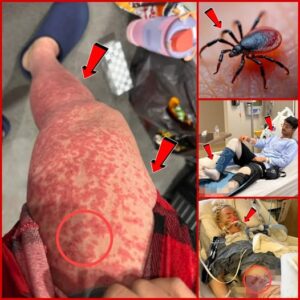If you’ve ever seen a cow with what looks like a metal or plastic “window” in its side, you probably thought it was photoshopped. But it’s real — and there’s a surprising reason behind it.
These openings are called cannulas or rumen fistulas, and they’re used by agricultural scientists and veterinarians to study how cows digest their food. The circular “porthole” leads directly to the cow’s rumen — the largest part of its stomach — allowing researchers to safely observe, collect samples, and understand how different diets affect digestion.
It may sound strange, but these procedures are done under anesthesia and with strict veterinary supervision. Once healed, the cows live normal, healthy lives and don’t appear to be in pain. In fact, they continue to eat, graze, and behave just like other cows in the herd.
The information gathered from these studies helps improve animal nutrition, feed quality, and environmental impact, ensuring better health for farm animals and safer food for humans.
So while the sight might look unsettling, it’s actually part of vital agricultural research — turning curiosity into science that benefits farms and families alike.





